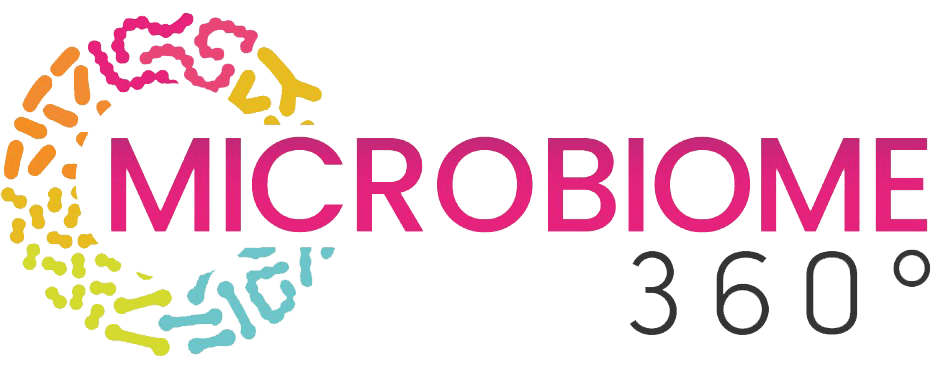Energetic Approaches
Bioenergetics explores how living organisms produce, use, and regulate the energy required for their overall functioning. Rather than focusing on the microscopic mechanisms reserved for biochemistry, this approach adopts a holistic view of life, where each system contributes to the body’s energetic balance.
Like all physiological systems, the nutritional system follows the principle of homeostasis: it strives to maintain the body’s internal constants — such as body mass — within a stable range despite external influences. This balance is expressed both quantitatively (weight) and qualitatively (body composition).
This evolving field examines the complex interactions between metabolism, nutrition, and weight regulation. Current research is paving the way toward a deeper understanding of the mechanisms that govern energy control and their role in overall health.

The aim of this course is to enable the nutritional and energy assessment of individuals using a systemic approach, based on each person's metabolism and life characteristics.
The objectives of the course are as follows:
- To know and understand the basics of nutritional bioenergetics in general and for various nutrients in particular.
- To know and understand the calculation methods for energy needs and expenditures via food journals, lean body mass calculation, and physical activity rates.
- To know and understand different special cases in nutrition: childhood, pregnancy, aging.
- To know how to assess an individual’s nutritional status.
- To know and understand how to calculate values for basic nutrients (proteins, carbohydrates, fats, calcium, iodine, iron, magnesium, phosphorus, zinc, vitamins A, B9, B12, C, D, E).
- To make connections with major food guides.
Included Learning Methods:
- E-Learning courses: an interactive, motivating, and effective learning method.
- Printable course booklets
- Online exams
- Access to the student center
- Videos and virtual library.
Course Content Description
Student Guide
- Course presentation and objectives
- References
- Learning method
- Initial contact
- Starting the study
- Responding to questions
- Self-correction
- Schedule your work hours
- Exam
- Move on to the next course
- Course answer grid # ……………………
Chapter 1
- Introduction to the Nutri-Energetic Aspect
- Introduction
- Energy exchanges
- The bio system
- The different types of energy exchanges
- The concept of enthalpy H
- Applications
- Energy produced
- Efficiency
- Cellular work
- Chemical synthesis work
- Energy expenditure
- The surface law
- Basal metabolism
- Nutritional balance and intermediary metabolism
- Metabolic crossroads
- Metabolic pathways:
- The importance of carbohydrates in energy metabolism
- Where does the cell get its ATP?
- Glycolysis
- The Krebs cycle
- Electron transport and oxidative phosphorylation
- ATP: an essential molecule
- Glycogen and carbohydrates
- Energy role of fats
- Special case of amino acids in energy metabolism
- Hierarchy of metabolic pathways
- Storage:
- Maintaining carbohydrate homeostasis
- Maintaining muscle mass
- Maintaining blood sugar during fasting
- Review of knowledge
- Activity 1
CHAPTER 2
- Study of daily caloric intake
- Official nutritional intakes
- Energy requirements
- Daily energy balance calculation
- Different needs according to age and physical activity
- Food journal with portion and energy expenditure
- Lean body mass and physical activity level
- How to use the chart
- Establishing DRIs
- DRI tables for different types of foods
- Review of knowledge
- Activity 2
CHAPTER 3
- Nutrition and special cases
- Children in growth
- Generalities
- Recommended nutritional intakes for children.
- Pregnancy and breastfeeding
- Generalities
- Deficiencies and specific needs
- Weight changes during pregnancy
- Foods and substances to avoid
- Physical activity during pregnancy
- Toxoplasmosis
- Diabetes during pregnancy
- Pathophysiology
- Gestational diabetes
- Risk factors for gestational diabetes
- Screening procedures vary by country
- Two screening methods in Canada:
- Gestational diabetes complications
- Management of gestational diabetes
- Hygiene and dietary rules
- Nutrition after age 60
- Generalities
- Diet
- Physical activity.
- Review of knowledge
- Activity 3







































